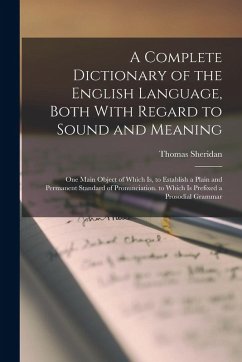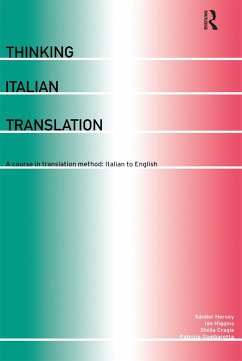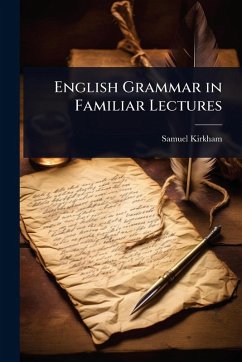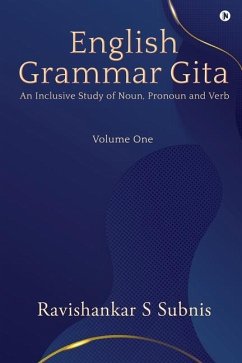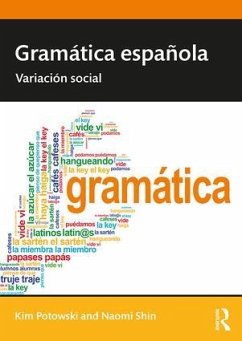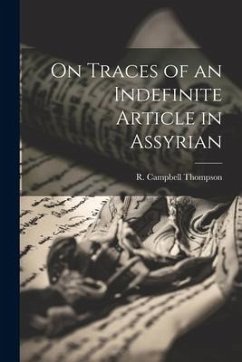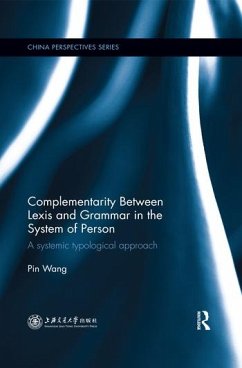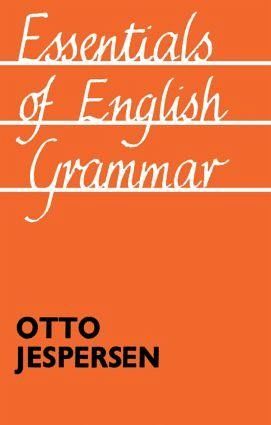
Versandkostenfrei!
Versandfertig in 1-2 Wochen
Weitere Ausgaben:

PAYBACK Punkte
28 °P sammeln!




First Published in 2004. Routledge is an imprint of Taylor & Francis, an informa company.
Jens Otto Harry Jespersen, a Danish linguist, specializing in English grammar. Steven Mithen referred to him as "one of the greatest language scholars of the nineteenth and twentieth centuries." Otto Jespersen was born in Randers, Jutland. As a kid, he was attracted by the work of Danish philologist Rasmus Rask, and he taught himself Icelandic, Italian, and Spanish using Rask's grammar. He enrolled in the University of Copenhagen in 1877 at the age of 17, originally studying law but also learning languages. In 1881, he changed his entire concentration to languages, and in 1887, he received his master's degree in French, with English and Latin as secondary languages. In June 1886, Jespersen joined the International Phonetic Association, which was then known as The Phonetic Teachers' Association. In fact, in a letter to Paul Passy, Jespersen proposed the notion of constructing a phonetic alphabet that could be utilized by all languages. From 1887 to 1888, he visited England, Germany, and France, where he met linguists like as Henry Sweet and Paul Passy and attended lectures at universities such as Oxford. On the recommendation of his professor Vilhelm Thomsen, he returned to Copenhagen in August 1888 to begin work on his PhD dissertation on the English case system. He successfully defended his dissertation in 1891.
Produktdetails
- Verlag: Routledge
- Seitenzahl: 388
- Erscheinungstermin: 31. Dezember 2003
- Englisch
- Abmessung: 203mm x 127mm x 23mm
- Gewicht: 466g
- ISBN-13: 9780415104401
- ISBN-10: 0415104408
- Artikelnr.: 26677456
Herstellerkennzeichnung
Libri GmbH
Europaallee 1
36244 Bad Hersfeld
gpsr@libri.de
Für dieses Produkt wurde noch keine Bewertung abgegeben. Wir würden uns sehr freuen, wenn du die erste Bewertung schreibst!
Eine Bewertung schreiben
Eine Bewertung schreiben
Andere Kunden interessierten sich für





